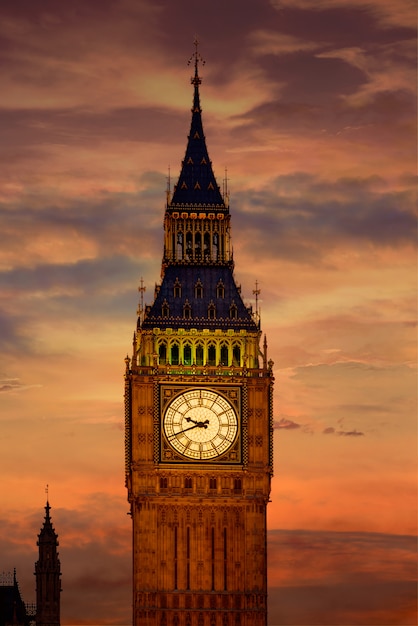
This in turn generates forces that transmit back into the clock and affect accuracy. The problem with clock towers using escapements is that the large hands (in this case 4 and 3 meters) catch a lot of wind. The ‘ticking’ noise you hear is actually the sound of the next tooth catching. This then allows the gear train to move forward by a fixed amount.

This force is driven from coiled springs or weights which get transmitted through the clock's gear train.Įach time the pendulum swings, it releases a tooth of the escapements gear wheel.

To transfer this energy it needs a force. In a mechanical clock, the escapement is the device that transfers energy to the timekeeping element. This was known as the ‘double three-legged gravity escapement’. Then, in 1863, Sir George Airy, to allow Big Ben to strike the hour once again, recommends rotating the bell and reducing the hammer size.Įdmund Beckett Denison helped design a very significant horological advance for the time in designing Big Ben’s movement. However, Big Ben is found to be fractured later that year and a smaller bell is used as a replacement. It was drawn to the tower by a team of 16 horses.īy 1859 the great clock and bell are now installed and ticking, the clock started ticking on May 31st, and the Great Bells are heard for the first time on July 11th. This led to a new manufacturer being chosen, who completed the second casting of the bell in 1858. Denison is said to have argued with the manufacturer over who was responsible. Unfortunately, only a few years later, the first casting of the bell failed and developed a crack. This is where his son Frederick Dent was able to step in and replace his father. In 1852, Dent won the commission to make the great clock under Denison’s design, but had passed away before completion of the project. This was the movement chosen for the tower. Strict guidelines for accuracy meant that it took 7 years before a design was finalized.ĭenison’s main contribution in the early 1850s was introducing a gravity escapement movement which gave the clock unprecedented accuracy. Then, Sir George Airy is named Referee to decide who will build the clock in the tower. Construction began that year with that of the clock tower beginning three years later. In 1840, Charles Barry won the design for the new palace, which included the clock tower. A fire at the Palace of Westminster was also predicted, with a report dating back to 1789 signed by fourteen architects, complaining about the dangers of a fire at the Palace.

There were a few major players, namely: Charles Barry (architect), Edmund Beckett Denison (clock designer), Sir George Airy (Astronomer Royal and Referee), Edward Dent (clockmaker), and Frederick Dent (Edward’s son and clockmaker).ġ834, the Palace of Westminster is almost completely destroyed by a fire that broke out after two underfloor stoves ignited the paneling inside the building. However, between 20 the clock fell silent (except for special occasions such as New Year's Eve and Remembrance Sunday) while work was carried out on the clock mechanism itself, ensuring that Big Ben will continue to work smoothly well into the future.To better answer this question we can look at the clock, tower, and bell. It even kept chiming during the bombing attacks of World War II.Īlthough there are few occasions when Big Ben has suffered punctuality incidents, Londoners will never forget 1962 New Year’s Eve, when the clock chimed the new year 10 minutes late due to the harsh weather conditions. It is one of the world’s most reliable clocks, withstanding rain, wind and snow. It has become one of the most recognisable British icons and its chimes are broadcasted by BBC radio every day. British punctualityīig Ben’s four-faced clock is set in a 23 feet (7m) frame on all sides of the Tower and was completed in May 1859. However, Big Ben is actually the clock’s Great Bell, which weighs 14 tons and is found inside the tower called Elizabeth Tower. When we envisage Big Ben, we normally think of the Parliament’s clock tower. The gothic-styled tower standing 315 feet (96 m) high holds a four-faced clock and was built in 1858 at the far end of the Parliament.


 0 kommentar(er)
0 kommentar(er)
